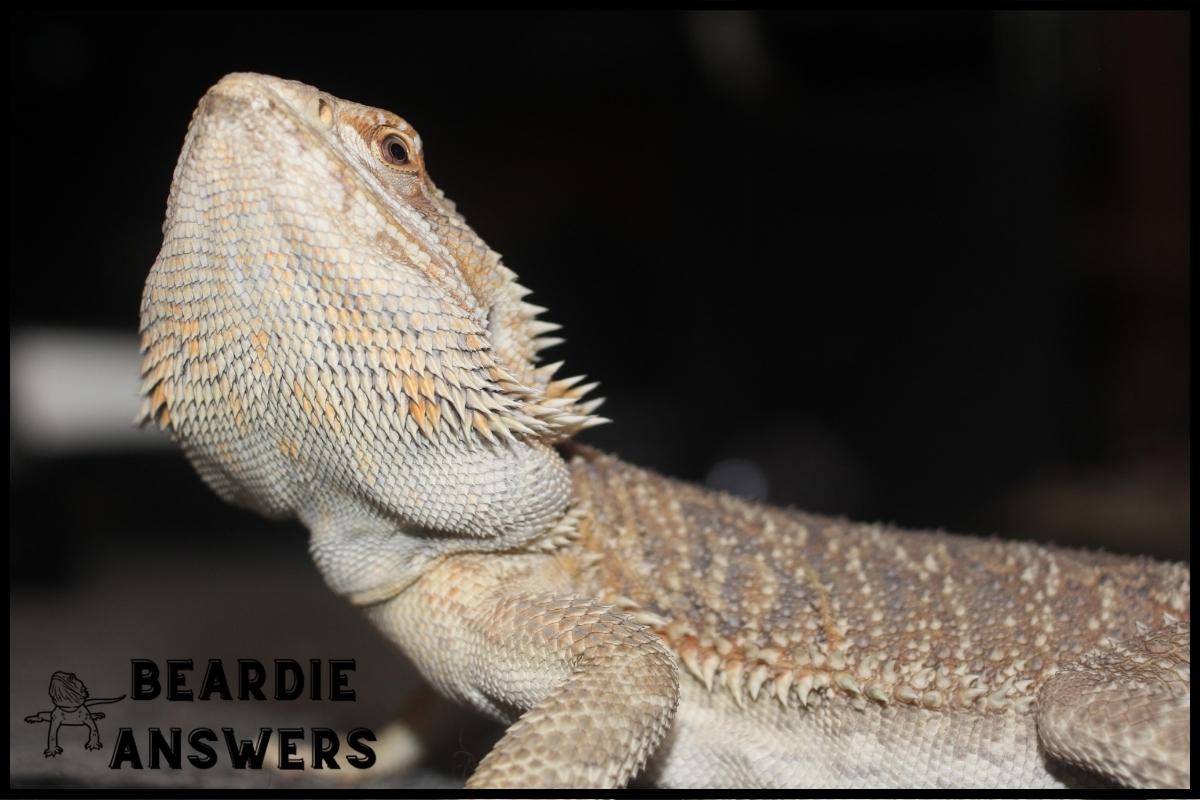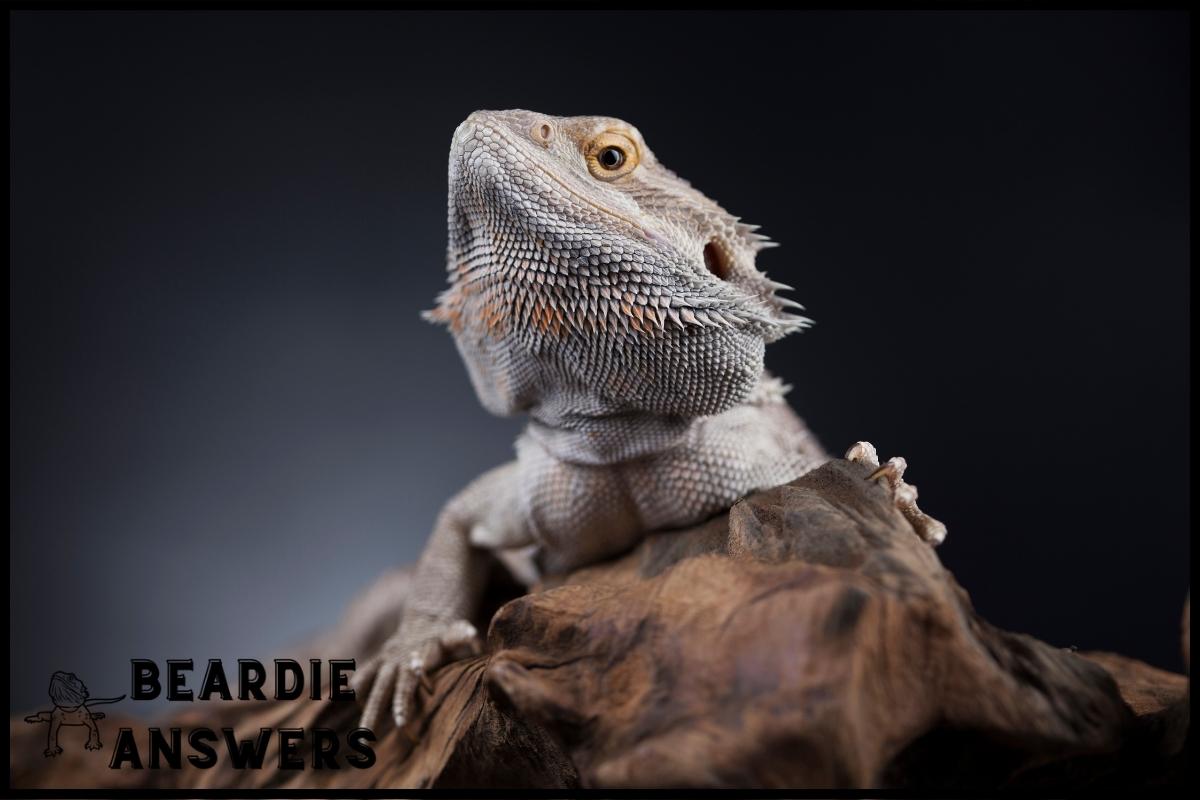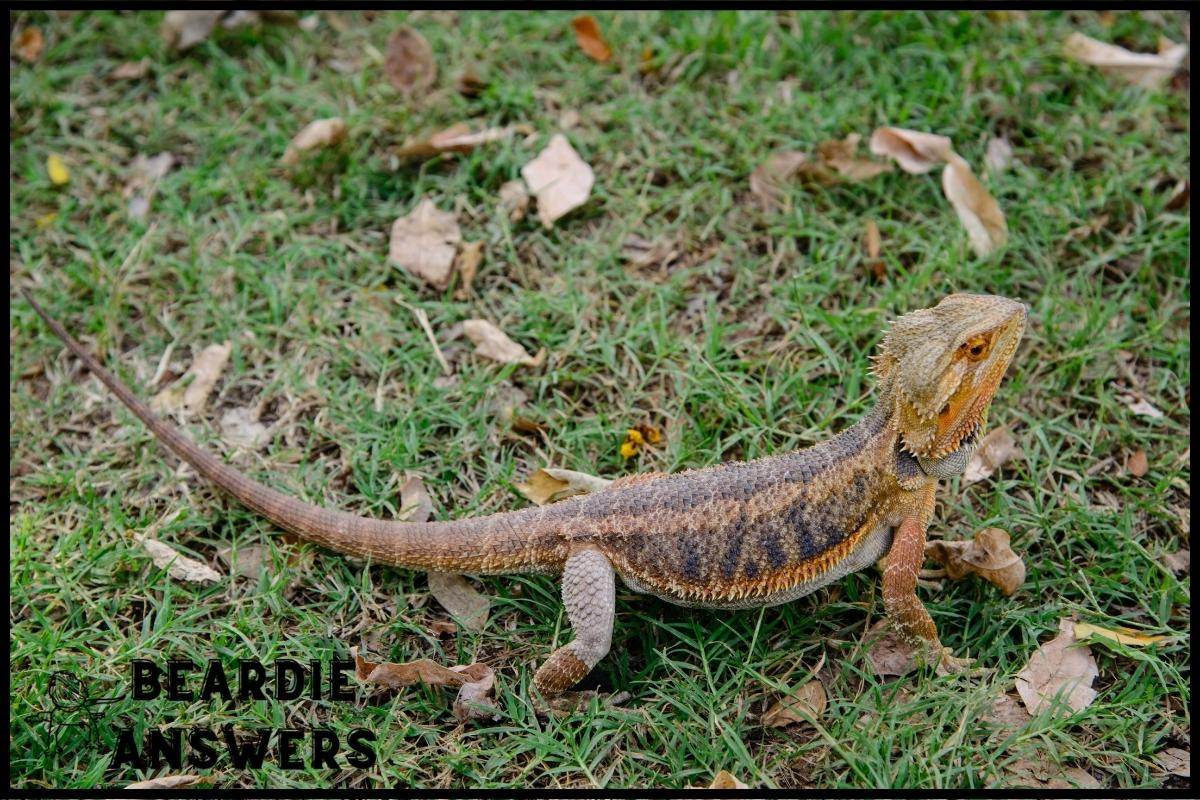A varied diet is essential for the health of bearded dragons. Purple cabbage can be offered in moderation as part of a balanced diet. It is high in calcium and vitamins but should not be the only food source. Other vegetables and fruits should also be included in the diet, and any new food introduced should be offered gradually to avoid digestive issues.
What You'll Learn
What Nutrients Does Purple Cabbage Provide?
Purple cabbage is a nutritious vegetable that can be a great addition to any bearded dragon’s diet. It contains high amounts of vitamins, minerals and other nutrients that provide essential health benefits for your pet.
In terms of mineral content, purple cabbage provides calcium, iron, magnesium as well as potassium and phosphorus. This makes it an excellent source of these important minerals which are necessary for healthy bones and teeth in reptiles like bearded dragons. Additionally, its calcium content makes it one of the most beneficial sources of this nutrient which helps keep your bearded dragon’s skin healthy and strong.
When feeding purple cabbage to your beardie, there are several parts of the plant you should consider eating. The leaves are often the most nourishing part due to their higher vitamin levels but the stems can also provide valuable nutrition for your reptile.
It is best to feed small portions at a time so that you don’t overwhelm your pet with too much food at once or give them too many carbohydrates from the vegetable alone. With careful consideration about portion size and type of plant matter being fed, purple cabbage can make a great supplement for any bearded dragon’s diet.
Moving forward we will discuss what parts of the plant should be eaten when feeding purple cabbage to bearded dragons.
What Part Of The Plant Should Be Eaten?
Bearded dragons are omnivores, meaning that they can eat a variety of plant-based foods as part of their diet. Purple cabbage is one such vegetable that bearded dragons may enjoy eating in moderation. Not only does the bright and vibrant purple color create an inviting food for them to munch on, but it also provides important vitamins and minerals like calcium which helps with bone health and digestion.
When feeding your pet bearded dragon purple cabbage, its important to know what parts of the plant should be eaten. Here are five things you should keep in mind:
- Leaves – The leaves have high fiber content and low calcium absorption, so they’re great for keeping your beardie’s digestive system healthy.
- Stems – High in both fiber content and calcium absorption, stems provide a good mix of nutritional value while helping promote active movement in your pet.
- Roots – Containing a higher amount of calcium than other parts of the plant, roots help support strong bones and teeth development in bearded dragons.
- Flowers – A great source of vitamin C, flowers are an excellent addition to meals if available seasonally or grown at home safely.
- Heads – These contain moderate amounts of calcium along with plenty of nutrients for overall growth and development.
These five parts all provide different benefits when incorporated into a well-rounded diet for your bearded dragon, making sure they receive all the necessary nutrition needed to thrive!
How Much Should Be Fed To Bearded Dragons?
When feeding bearded dragons, it is important to adhere to the recommended guidelines. Generally, they should be fed a variety of vegetables and some insects every day or two.
It is also important to keep in mind that too much cabbage can cause digestive issues due to its high calcium content. Too many feedings of foods like purple cabbage should therefore be avoided as they can lead to health problems such as kidney stones or metabolic bone disease.
It is always best to consult with an experienced reptile veterinarian before making any changes to your pet’s diet. They will provide advice on the appropriate amounts of food for their age and size, as well as which types are safe for them.
Additionally, when introducing new foods into a bearded dragon’s diet, it should be done slowly so that any potential risks associated with eating too much of one type of food can be minimized. With this knowledge, owners can rest easy knowing their furry friend is getting all the nutrition he/she needs without risking any digestive issues.
Transitioning now into what are the potential risks of eating too much…
What Are The Potential Risks Of Eating Too Much?
Just like anything in life, too much of a good thing can be dangerous. When it comes to feeding your bearded dragon purple cabbage, moderation is key. Eating too much of this vegetable could lead to some serious consequences for your pet’s health and well-being.
Here are three potential risks associated with eating too much purple cabbage:
Digestive problems due to the high fiber content
Excessive amounts of purple cabbage may cause digestive issues that your beardie cannot handle. The high fiber content can cause them to become overly full and bloated – leading to discomfort or even pain depending on how much they consume.
Nutritional imbalance from an increase in one particular nutrient
If you feed your bearded dragon nothing but purple cabbage, then their diet will lack variety. This means that other important vitamins and minerals might not be present which leads to nutritional imbalances over time.
Calcium imbalance from the calcium oxalate found in the plant
There is also the risk of calcium overload due to the presence of calcium oxalate in the plant itself. Too much consumption of these substances can result in unhealthy levels of calcium which can have damaging effects on their bones and organs.
In order to prevent any unwanted health complications, try adding different types of vegetables into your bearded dragon’s diet instead so they don’t just rely solely on purple cabbage as part of their meal plan. Doing so will ensure that they get enough nutrition while avoiding any potential pitfalls related to overfeeding them one particular food item.
What Other Vegetables Can Be Added To The Diet?
Bearded dragons are omnivores and enjoy a variety of vegetables in their diet. Other than purple cabbage, other nutritious vegetables that can be included in the bearded dragon’s diet include bell peppers, broccoli, carrots, squash, zucchini, and sweet potatoes. These veggies provide essential vitamins and minerals to help your pet stay healthy. Foraging benefits such as mental stimulation and exercise should also be taken into consideration when adding vegetables to the diet.
Calcium is an important nutrient for bearded dragons so it is critical to ensure they have adequate sources of calcium in their diets. Vegetables like kale and mustard greens are great sources of calcium as well as dandelion greens which can act as natural supplements or treats. Supplementing with commercial products may also help meet dietary requirements if needed.
It’s best not to forget about fruits too – apples, mangoes, papaya and raspberries make excellent snacks! Purple cabbage can offer several health benefits for bearded dragons but care must be taken when preparing it due to its high-calcium content.
How To Prepare Purple Cabbage For Bearded Dragons?
Purple cabbage may be a favorite snack of your bearded dragon, but it’s important to know how to prepare it safely and correctly. Just like any other food, not all vegetables are created equal and purple cabbage should be given in moderation as part of its overall diet.
When preparing meals for your reptile companion, consider the eating habits and portion size of the animal before adding anything extra to their plate. To make sure that you are giving them the nutrition they need without overdoing it on certain ingredients, start off with feeding them small portions of about one tablespoon at first. This way, you can monitor their reactions and adjust accordingly if needed.
For example, if you notice that they seem to enjoy the taste of purple cabbage more than other veggies or fruits then increase the amount gradually until they get used to having larger amounts. Additionally, remember that balance is key when providing a varied diet so add some variety by alternating between different types of produce every few days.
Conclusion
To conclude, purple cabbage is a great addition to the diet of bearded dragons. It provides essential nutrients and can be fed in moderation for optimal nutrition. When preparing it, make sure to chop it into small pieces so that your dragon can easily eat it.
Additionally, other vegetables like carrots, squash and peppers should also be included in their diet for variety. But how much is too much? Too many servings of purple cabbage can lead to digestive issues or even calcium toxicity if not monitored properly.
The key is to keep an eye on your pet’s health and adjust their food accordingly. So when feeding your beardie purple cabbage, remember to do it sparingly! After all, what good is having delicious treats if they don’t enjoy them at all due to potential health risks?
With proper guidance you can ensure your furry friend enjoys this nutritious vegetable without any worry.

Hi! My name is Bryan, I am the “one behind the words” here are BeardieAnswers.com. I believe that providing quality care and nutrition is the best way to ensure the health of your pet. Every beardie is special and deserves the best care and attention. If you have questions about your bearded dragon, please don’t hesitate to ask! View My Full Author Page




